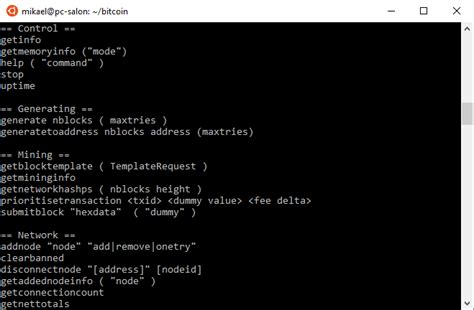Understanding Bitcoin’s Signet Network: Why Fees Are Calculated Wrong
As a user of the Bitcoin protocol, you’re probably familiar with the process of sending and receiving transactions online. One aspect that can be frustrating to navigate is the fees associated with each transaction. But have you ever wondered why these fees don’t add up properly? In this article, we’ll dive into the world of the Bitcoin Seal Network and examine why the fee calculation may seem wrong.
Signet Network: A Simplified Protocol
To understand the problem at hand, it’s essential to familiarize yourself with Bitcoin’s Seal Network. The Signet Network is a specialized version of the Bitcoin protocol that allows for more efficient and profitable transactions. By default, the Seal Network uses a simpler consensus algorithm called Bitcoin Core, which is based on the Proof of Work (PoW) mechanism.
In this mode, miners compete to solve a complex mathematical puzzle, validating new blocks and ensuring the integrity of the blockchain. However, when using a token network, miners can also use an additional consensus mechanism called Proof-of-Capacity (PoC). This allows them to “mine” computing power instead of just solving a mathematical problem.
Fee Calculation
Now that you know a little about the Bitcoin protocol and its network version, let’s take a closer look at how fees are calculated. When you send a transaction on the Bitcoin network, your fee is determined by several factors:
- Transaction Complexity: The more complex the transaction (i.e. the number of input and output addresses), the higher the fee.
- Block Reward: The block reward for solving a mathematical puzzle determines how much computing power miners can earn by mining each block.
- Mining Difficulty
: Mining difficulty, which is a measure of the computing power required to solve a mathematical puzzle, also affects transaction fees.
When you run “bitcoin-cli listtransactions” on the default token network, Bitcoin-cli calculates fees based on these factors. However, it appears that the fee calculation algorithm is flawed or incomplete, which may result in an incorrect fee value for the transaction you are examining (txid 3923927eb3b6213bab5d0bee8364a87eafe357cb4d42ce6c587f5c37ff7ff07).
Why Fees Are Calculated Incorrectly
There are several reasons why a given transaction’s fee calculation may be incorrect:
- Inadequate Data: Bitcoin-cli may not have access to all the information it needs to calculate fees accurately.
- Bad Assumptions

: The algorithm used by
bitcoin-climay make assumptions about network conditions or miner behavior that are not correct in this case.
Workarounds and Solutions
To resolve this issue, try the following:
- Use a different mining configuration: If available, switch to a different mining configuration that uses Proof-of-Stake (PoS) instead of PoW.
- Verify with multiple Bitcoin-cli commands: Use multiple `bitcoin-cli’ commands or run them in different environments to verify that the issue is not specific to a specific setup.
- Connect with the Bitcoin Community: Connect with the Bitcoin community, including developers and users who are more familiar with the seal network variant.
In summary, understanding the intricacies of the Bitcoin protocol can be complicated, but with this explanation, you can better understand why fees may seem low when using the default seal network. By researching alternative solutions and verifying your findings, you will be well on your way to processing transactions efficiently and accurately.
Additional Resources
- Bitcoin-Blockchain: A detailed explanation of the Bitcoin protocol and the mechanics behind it.